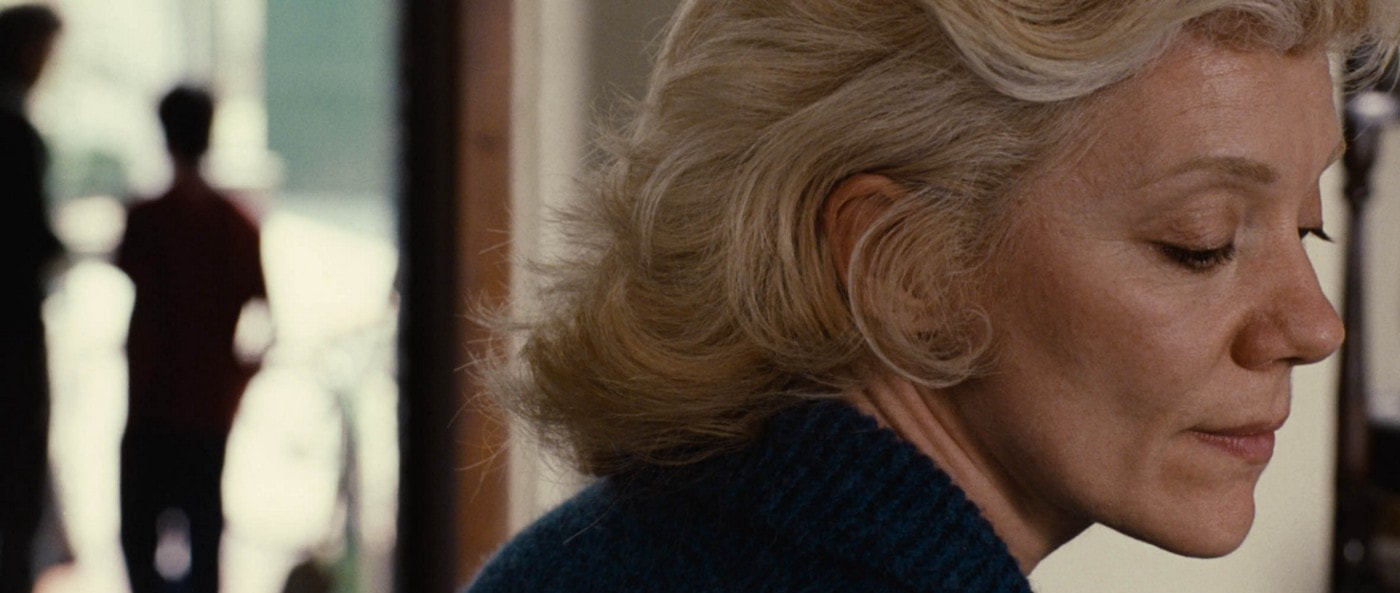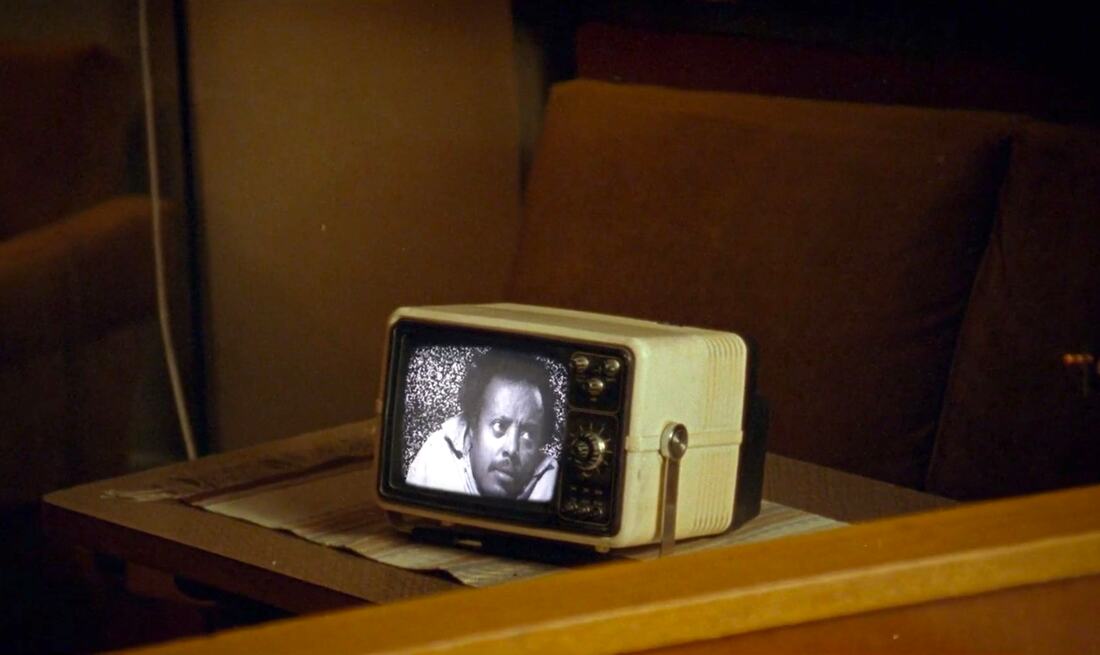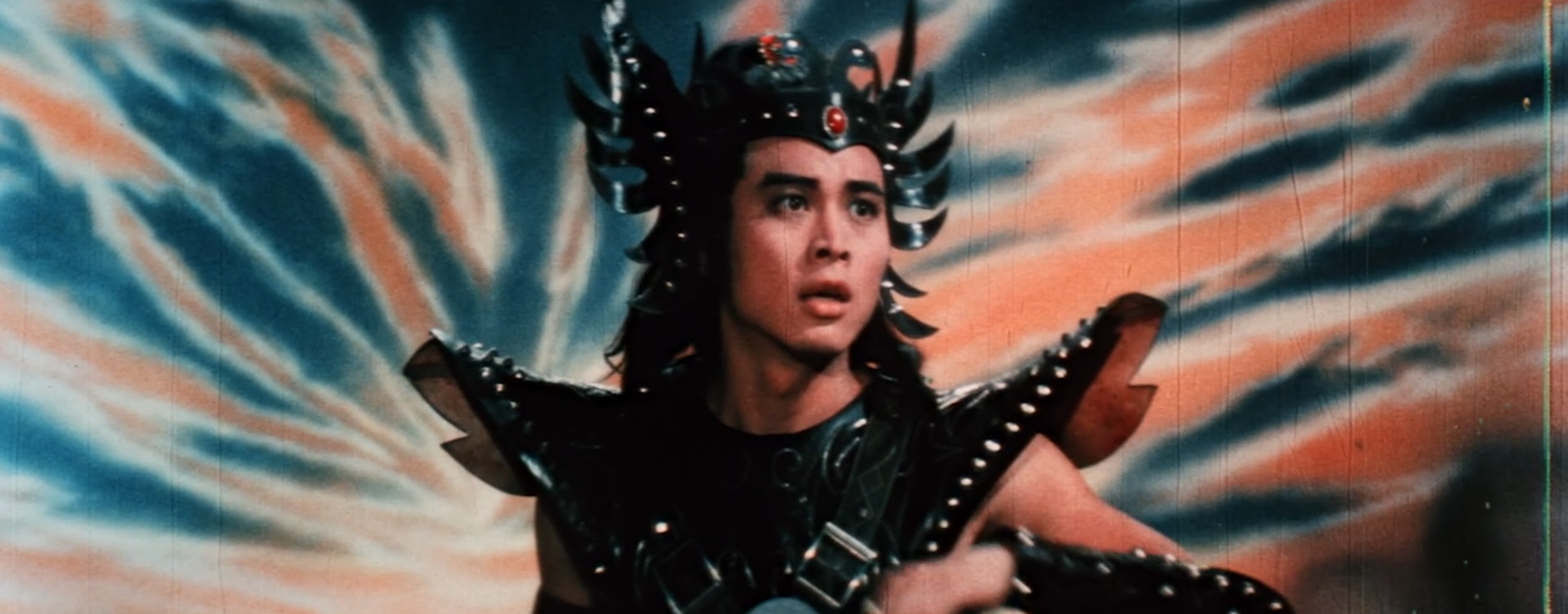
If you press hard on a piano key it will not only sound the string connected to the key but it will vibrate a selection of other related strings as well. This phenomenon is called sympathetic vibration. It breaks down to some relatively simple math and physics but basically, the sound waves generated by the string will cause other strings with a harmonic similarity to vibrate in sympathy.
Jordan Peele has a knack for finding images and ideas that will vibrate sympathetically within our larger culture. His films contain elements that ring out and resonate when they reach certain aspects of our society like race, identity, and class.
Candyman was a Chicago urban legend that spawned a mediocre slasher movie in the '80s but Peele saw potential in the story. He located elements that could be repositioned to resonate in a new and deeper way. Peele connected having to repeat Candyman’s name 5 times in the mirror to the protests against police violence where activists insisted that names like George Floyd be remembered, recited, repeated, and acknowledged.

Throughout the 2021 Candyman there are variations on the phrase “say my name" or "say his name" or “don't say that name" and as the phrases repeat they get turned in space as if we are examining a multifaceted jewel. There is a desire to remember George Floyd and Breonna Taylor in order to make their stories meaningful seeds of change, but there is a price to pay for keeping them in the forefront of your mind. Each time you call their name you advocate for them but you also fuel your own trauma.
In the past psychoanalysts believed in catharsis as a path to healing from trauma but modern- day psychologists are much warier of retraumatizing the patient. It’s a double-edged sword where the pain of the black American experience must be recognized but as the black community struggles to be heard they are forced to reiterate and re-live the pain of their oppression.
When it works Candyman is a thrilling hermeneutic that lights up the associative part of your brain. There are also parts where the film seems a little clumsy and pedantic. Peele (the writer and producer) and Nia DaCosta (the director) have a lot to say and sometimes the exposition overwhelms the art. It’s better when they point to ideas rather than explain them.

The film is essentially about deep-rooted trauma caused by generations of racial oppression. The candyman is the terrifying result of generations of torture visited upon the black community. He is vengeance personified and like vengeance, he is toxic to both the perpetrator and victim. The violence he visits on white policemen is cathartic but ultimately only adds to the trauma. Candyman's final admonition to "tell everyone" is an offer to fight the white man but it is a deal with the devil.
Visually Candyman is mannered and theatrical. The lighting and the composition are stunning but baroque. The murder scene in the gallery is wonderfully creative but the fear and tension are lost to the technique and artistry of exaggerated mise en sene and auteur flourishes. It reminded me of Let The Corpses Tan in that both films lean heavily on spectacular and innovative visuals which are very impressive but can get a bit distracting.
The job descriptions of writer, director, and producer are flexible. Candyman feels like a Peele film but DaCosta surely deserves some of the credit. It’s hard to parse credit for the look and feel of the film.
In all, the film may be a bit uneven but what is most interesting is how ideas and images can change their meaning depending on how they are presented. Candyman doesn’t nail down new meanings but it opens a space where elements are given freedom to associate and grow.
Watching the main character, Anthony, physically transform recalls a myriad of horror movie characters from wolfmen to zombies, but in Peele and DaCosta’s hands, it becomes a psychosocial portrait of how someone can be transformed not just by their own pain but by the pain of others around them.

Mirrors are central in Candyman. They are a means by which we all grapple with the mental distortions we inevitably create. Psychologist Harry Stack Sullivan developed the concept of the “me” and the “not me” to describe how we own and disown facets of ourselves in an attempt to construct an identity we can embrace. Adding race to the mix complicates this process by adding an ambiguous qualifier. Trying to explain or define what it means to be black can only make looking in the mirror even more confusing.
What makes Candyman interesting is less about the specifics of what is inside the film and more about all of the connections that can be made to ideas outside the film. This is also true of Peele’s movie Us. Many of the negative reviews of Us focus on inconsistencies or loose ends but in Us, and in Candyman, telling an internally consistent story is less important than finding elements that will vibrate sympathetically with contemporary culture.

If you liked this article you might also be interested in this one -
https://filmofileshideout.com/archives/the-manipulation-of-sympathy-in-parasite-and-us



